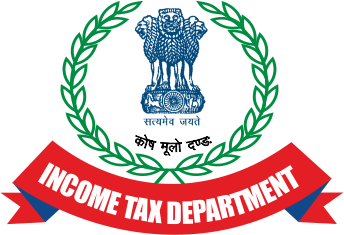As the deadline for filing income tax returns (ITR) in India approaches, it is crucial for taxpayers to understand the significance of timely filing, the differences between the old and new tax regimes, and the various deductions available. The due date for filing ITR for the financial year 2023-24 is 31st July 2024. Filing your returns on time not only helps you stay compliant with tax laws but also offers several benefits such as faster refunds and avoidance of penalties.
Importance of Filing Income Tax Returns
- Legal Compliance: Filing your income tax returns is a legal obligation for individuals whose income exceeds the basic exemption limit. Non-compliance can result in penalties and legal proceedings.
- Financial Record: ITR serves as proof of income, which is essential for various financial transactions, including applying for loans, credit cards, and visas.
- Claiming Refunds: If excess tax has been deducted at source (TDS), filing returns is necessary to claim a refund.
- Carry Forward Losses: Losses in capital gains, business, or profession can be carried forward to subsequent years for set-off against future gains, only if the ITR is filed on time.
New Regime vs. Old Regime Tax Slabs
The Indian government introduced a new tax regime in the Budget 2020, offering taxpayers an option to choose between the old tax regime with deductions and exemptions and the new simplified tax regime with lower tax rates but no deductions. Here’s a comparison of the tax slabs under both regimes for the financial year 2023-24:
Old Tax Regime:
- Up to ₹2,50,000: Nil
- ₹2,50,001 to ₹5,00,000: 5%
- ₹5,00,001 to ₹10,00,000: 20%
- Above ₹10,00,000: 30%
New Tax Regime:
- Up to ₹2,50,000: Nil
- ₹2,50,001 to ₹5,00,000: 5%
- ₹5,00,001 to ₹7,50,000: 10%
- ₹7,50,001 to ₹10,00,000: 15%
- ₹10,00,001 to ₹12,50,000: 20%
- ₹12,50,001 to ₹15,00,000: 25%
- Above ₹15,00,000: 30%

Deductions Available Under Old and New Regimes
Old Regime Deductions:
- Section 80C: Investments in PPF, NSC, life insurance premiums, ELSS, etc., up to ₹1,50,000.
- Section 80D: Medical insurance premiums for self, family, and parents.
- Self and family: ₹25,000 (₹50,000 for senior citizens)
- Parents: ₹25,000 (₹50,000 for senior citizens)
- Section 24(b): Interest on home loan up to ₹2,00,000.
- Section 80E: Interest on education loan.
- Section 80G: Donations to specified funds and charitable institutions.
- Section 10(14): Allowances for children’s education, transport, etc.
New Regime Deductions:
Under the new tax regime, most of the deductions and exemptions available under the old regime are not applicable. However, the following are some key points:
- Standard Deduction: Available to salaried employees and pensioners, currently ₹50,000.
- Employer’s Contribution to NPS: Deduction for the employer’s contribution to the National Pension System under Section 80CCD(2).
Taxpayers must carefully evaluate their financial situation to choose the regime that provides the most tax benefits. While the new regime offers lower tax rates and a simpler structure, the old regime’s deductions can significantly reduce taxable income.
Filing income tax returns is a crucial aspect of financial planning and legal compliance. With the deadline of 31st July 2024 fast approaching, taxpayers should ensure they file their returns timely to avoid penalties and maximize their benefits. Understanding the differences between the old and new tax regimes and the deductions available can help in making an informed decision and optimizing tax savings.